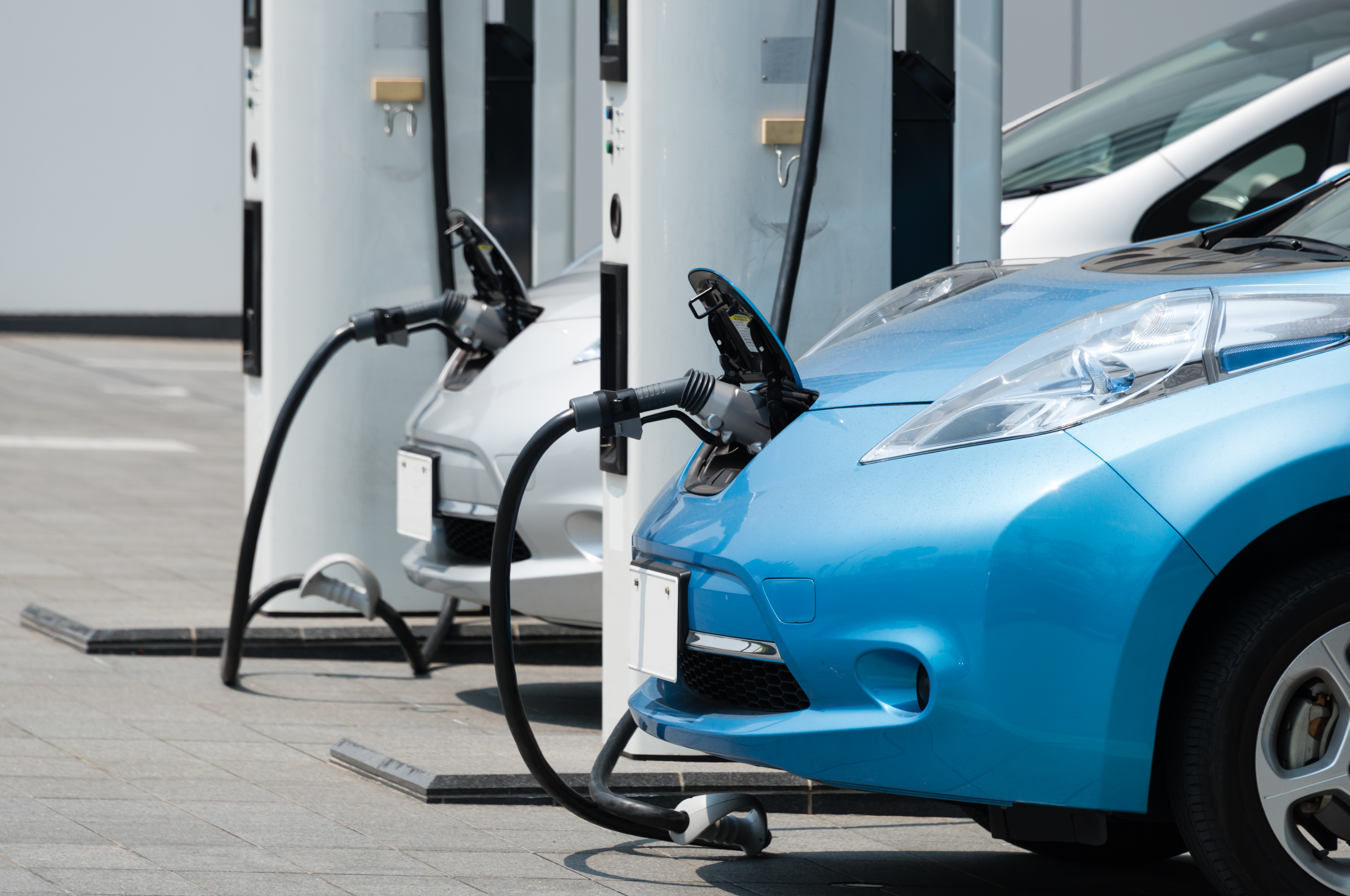The electric power and research institute (EPRI) just published findings showing how electrification in the United States progresses from now thru the year 2050. EPRI used an assessment to examine four different possible scenarios for the progression of electrification which produced seven different findings and many action steps to help realize the benefits of efficient electrification.
The Way of the Future
What the heck is electrification…well you are not alone there! The word seems intimidating, but we have all witnessed this in one way or another. It means the introduction of power to rural areas or, in the case of the United States, displacing older commercial energy forms (coal, oil, & nuclear) with higher efficiency
generation methods. Electrification also includes introducing new end uses of electricity like 3D printing. During this whole process, EPRI found seven significant findings relating to the electrification in the United States which we will delve into next.
Customers increase their reliance on electric end uses
A model EPRI created predicted final energy in the United States in 2050 will grow from 21% to a range of 32%-47%. With efficient electrification, the cumulative load growth projected is 24-52% by 2050. This projected load growth is believed to be led by the transportation sector. The belief is a more cost-effective choice in transportation is electric vehicles and plug-in hybrid electric vehicles. This increased load, however, is not a bad thing, new flexible loads can improve grid efficiency and performance.
Final Energy Consumption Decreases
Final energy can be described as the measure of energy consumed across all fuel types at the end use. Previous to this analysis most predicted final energy consumption would increase, but this study found the opposite. They projected efficiency improvements and advances in lighting, variable speed motors and more efficient internal combustion vehicles, along with the shift from non-electric technologies to more efficient electric tech would create a reduction of 22% by 2050.
Natural gas use increases
With natural gas surpassing coal as the most-used fuel for power generation the importance of this to the electric sector is clear. The projection of increases gives way to comorbid economic and environmental benefits like lower emissions than petroleum and lower emissions than coal when used for electric generation. The prediction ranges from a 118% to 33% increase in their different possible scenarios.
Low-carbon electric generation expands
As of late carbon intensity related to electric generation has fallen because of falling natural gas prices and increased use of solar and wind power generation. Projections show renewable sources will continue to grow driven by cost decline and state-level policies being introduced. As these two increase, considerations into the power system operating more flexibly to accommodate their shifting output is necessary for the expansion.
Emissions Decrease
Across all the different scenarios, electrification lowers system-wide carbon emissions. Research also suggests improvement to air quality at a local and regional level by reducing emissions of pollutants thanks to electrification; assuming policies that move to cut emissions in the future will only improve the air quality further.
Pressure increase to modernize grid infrastructure, operations, and planning
Making the grid more flexible to shift and change with the predictions of more alternative power sources results is essential in this model. Planning for more responsive demand response and storage of power is also critical to the future new load predictions. A shift in the more diverse, electric supply creates a whole new set of challenges for system planners for which they will need to account.
Technology innovation lowers costs and creates opportunities
Ensuring all of the benefits of electrification come to fruition, it is essential that the innovation in electric tech to reduce costs and improve performance is necessary. Relying solely on economics alone to benefit society as a whole is not enough. In this model, industry stakeholders will need to expand upon energy efficiency programs to advance electrification technologies.
The benefits of electrification are many as you can see. The article goes in depth into every aspect of what would need to happen alongside electrification for all of the above benefits to come to fruition. Things like cleaner energy production, grid modernization, developing new analytical tools and so on. In-depth studies like these benefit us all, not only does it educate people who may be unaware of the benefits, it also outlines detailed solutions that help make this prediction reality. Staying knowledgeable is half of the battle, taking action is the other. If we all do our part, no matter how small, it leads to significant change.

